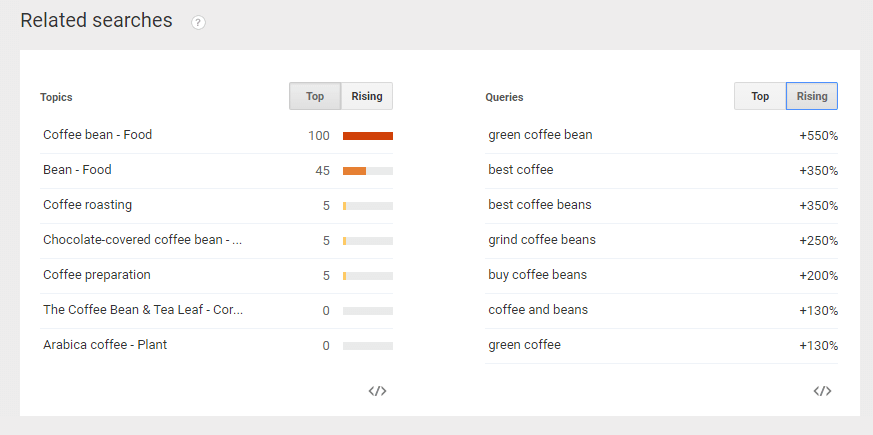Are you guilty of starting down the content marketing path without a plan?
80% of SMBs are doing content marketing, but only 30% are seeing results! (http://contentmarketinginstitute.com/research/)
Oftentimes, businesses fail to find success because they get caught up in the excitement of the buzzword “content marketing” and forget to set goals, define a strategy, or even figure out who their audience is.
While attending Social Media Marketing World in San Diego this past month, I got a chance to see Joe Pulizzi from Content Marketing World speak on this predicament. He showed just how valuable it can be for your brand to set that initial strategy and plan before writing even a single piece of content.
Below are the three main steps your business NEEDS to think through before beginning the content marketing journey.
1. Set Goals and Your Mission Statement
The first step is to meet with the decision makers at your business and set goals and expectations for what you hope both you AND your audience will get from your content efforts.
Goals
Your overall goals for content marketing can be as broad as brand awareness, customer loyalty, or increase sales. It is then best to break these broad goals down even further into specific goals you can measure and hold your team accountable to. Possible measureable goals, for example, could be increase email signups by 10% or increase blog traffic 50% YOY.
Mission Statement
Your mission statement should include 3 main points:
- Who is your core target audience?
- What will be delivered?
- What is the outcome for the audience?
Answering these 3 questions will help you spell out the whole reason behind your content marketing in one simple sentence.
EXAMPLE
As I’m currently clutching a large coffee and only have caffeine on the brain, let’s use a coffee shop as our example. Say you’re a new independent coffee shop and you brew your coffee with the best beans in town. How do you let everyone know how great you are?
Mission Statement: Simple tips and information (what will be delivered) to help coffee lovers (target audience) learn more about their favorite beverage to enhance their mornings (outcome for the audience).
2. Find Your Content
So, you know what both you and your target audience hope to gain from your content. Now it’s time to discover the content they are looking for.
In order to start thinking about the questions and pain points of your target audience, you need to go where your audience hangs out online. Whether this is Twitter, a specific forum, or a blog, this is where you will find the most uncensored version of your audience. This is where you can uncover what they are really thinking.
One of my favorite new tools I discovered at the conference is AnswerThePublic.com. This genius website allows you to type in any keyword and gives you a wide array of the questions and statements people are talking about on the web around this keyword. It’s an easy way to discover both what your audience cares about and where they’re sounding off on the subject.
After your initial research, you should be able to pinpoint your target audience’s main pain points and the questions they are looking for answers on.
EXAMPLE
Sticking with the coffee shop example, what do coffee lovers want to know about their favorite beverage? Since I believe my coffee shop has the best beans in town, I have authority on this topic, making it a great place to start with my content.
The below graph is from AnswerThePublic.com and shows all the questions people in the U.S are asking about coffee beans. From this we can narrow down that a lot of people want to know:
- How are coffee beans grown/roasted?
- When do coffee beans go bad/expire?
- Which coffee beans have the most/least caffeine?
- Where do coffee beans come from?

When writing your content always look back to your mission statement. Think: what will my audience gain from this piece of content? Your main content focus should be on the needs of your audience, rather than on your brand and how you can make a sale (this comes later).
3. Tilt Your Content
This final step is something very few brands do and will set your content apart from your competitors. Tilting your content is a term for taking the knowledge your brand has authority on one step further to make it just a little bit different from what everyone else is doing.
The key to finding success with the content tilt is to target ONE super niche audience that no one else has even thought of. Choosing a super niche audience guarantees this group of people will LOVE your content. You are answering all their specific questions! If your content is too generic, though, you won’t connect to any one group in particular. You will just be throwing content into a sea of content just like it.
EXAMPLE
So we’ve already established I have authority on coffee beans and think my coffee shop has the best beans. How do I use my knowledge to tilt my content?
Using Google Trends you can see that green coffee beans and green coffee is a rising trend that everyone wants to know more about. In light of this insight, I will now focus my content only around green coffee and answer all the important questions around this topic.

Creating a content marketing strategy for your brand is a crucial step that so many brands are missing. Having a plan in place can set your content apart from the rest and save you a lot of headaches farther down the content marketing road. Put in the hard work of these three steps now so your content creation will not be labor done in vain, but a worthwhile process connecting your brand to an audience that will greatly benefit from the content you have to share.
Your Top 5 Takeaways:
- You need to create a content marketing mission statement before you start.
- Write quality content by first finding the “sweet spot” between your brand’s area of knowledge/authority and the questions your audience is asking.
- Always take your content one step further and tilt it in order to differentiate it from your competitors.
- Target one super niche audience to find success. You can’t be everything to everyone.
- You must create value for your audience before you extract value.
Need a hand with your content marketing strategy? Learn about what we offer.
